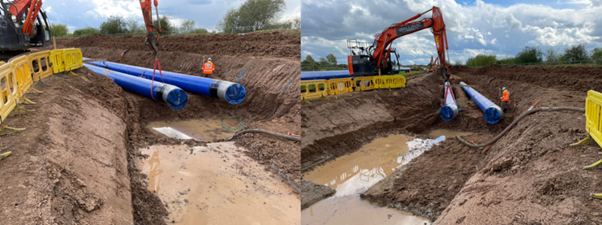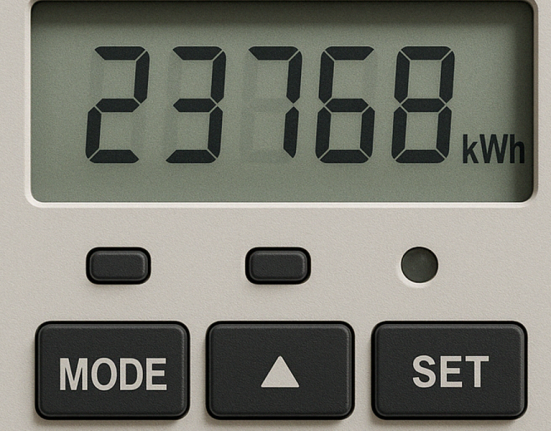Since privatisation in 1989 nearly a quarter of a trillion pounds in infrastructure investment has been made by the UK’s 16 water and wastewater firms – all while customers’ bills have been kept artificially low.
But with the big and growing challenges of old, creaky infrastructure, climate change bringing more extreme weather, rising bills and ever-increasing customer expectations, you’d be forgiven for thinking no investment had been made and every penny in the industry had gone to shareholders.
Thames Water is taking the lion’s share of the media glare right now, and with good reason. With its £16bn of increasingly unwieldy debt, Thames stands on the precipice of collapse as courts and creditors monitor the company’s efforts to restructure its debt with the aid of £3bn in further funding. Southern Water is seeking to avert similar challenges, requesting an additional £900m from its shareholders.
Thames and Southern are among six UK water firms lodging an appeal with the Competition and Markets Authority (CMA) to gain permission to raise customers’ bills by more than Ofwat, the financial regulator, has allowed over the next five-year period (AMP8) starting in April. The firms say they need to do this to deliver the billions of investment in infrastructure improvements required to drastically reduce sewage spills to rivers and breaches, and to keep pace with demand from a growing population.
It isn’t a popular point to make but in the UK we are under-charged for water and wastewater services. The average annual household energy (electricity and gas) bill is £1,849, more than triple the average bill for water of £600. Given water is more essential to life than energy, this disparity is illogical. Put crudely, if the energy supply to your home was cut you could make a fire or put on jumpers (I’m being deliberately flippant, stick with me), but you simply cannot survive without water. As consumers we should expect to pay more for water.
Sewage spills to the natural environment are an understandably emotive topic. Mainstream media often conflate legally permitted storm overflows – required to prevent wastewater backing up in homes and streets – with illegal spills caused by sewerage network failures. Illegal and highly polluting sewage spills are, of course, unacceptable. Venting stormwater after heavy rain is entirely different, not least because it’s a lot less harmful to the environment.
However this is a point lost on journalists eager to hype the story. Herein lies the challenge for water companies: they must wrestle back control of the narrative into the realms of sanity. If not, regulators and Government risk basing policy on media hysterics rather than reality. We’ll end up attempting to build enough contingency tanks to capture every drop of stormwater. Britain will disappear under a mass of concrete and the cost will be extraordinary. There is a balance to strike.
Regardless of what the CMA rules on the six water firms’ appeal, there will be significantly more money invested in Britain’s creaking pipes and sewers between 2025 and 2030 than in the five years from 2020. Over the next five years improvements will be made both in compliance with environmental standards and in service to customers. But if the sector fails to tell its story in a clear and persuasive way, the public perception will be that it’s going backwards not forwards.







